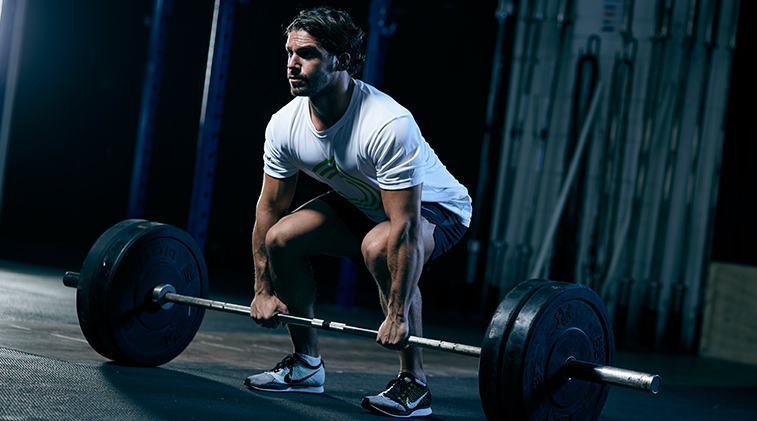Well, for a start – what actually is a training split?
Training splits are essentially how many times you train per week (or as a rolling pattern – we will touch more on that later) and what exercises you do on each of the given days.
An example of a 3 day split, and probably the most popular or traditional one would be:
- Monday
- Tuesday (rest day)
- Wednesday
- Thursday (rest day)
- Friday
- Saturday (rest day)
- Sunday (rest day)
The main benefit of this is that the training days are always the same and it leaves the whole weekend free. You can of course train as often as you seem fit or your personal time permits, but an important factor to consider is REST! Remember, the body needs time to rebuild and recuperate, so your training style must also reflect on your training split.
An example of a 4 day split might be:
- Monday
- Tuesday
- Wednesday (rest day)
- Thursday
- Friday
- Saturday (rest day)
- Sunday (rest day)
Now, there is no split set in stone, it’s purely a personal choice, and factors to consider would be – how much of a physical job you have? How much free time can you reasonably allocate to training? What sort of training are you predominately focused on? (E.g. Hypertrophy bodybuilding style, Powerlifting style, conditioning, fitness, strength etc.)
A Good Place to Start is Full Body Workouts
For someone relatively new to training, a good place to start would be a ‘Full Body’ workout. This means that the same routine would contain all the muscle groups, and be repeated on each training day (be it 3,4 or even 5 times per week depending on the above considerations). So – what would that actually entail and what muscles would that actually be?
Chest, Shoulders, Arms, Back and Legs
Probably the main ones to focus on first would be chest, shoulders, arms, back and legs. Now, that probably sounds a lot to handle all in one go, let alone repeated several times per week! So the exercise choice is a big factor. To cover all the main muscles we can use ‘compound lifts’ that recruit multiple muscle groups together, meaning more than one muscle is being worked at any one time. The old classics there would be the power lifters favourites – squat, bench press and deadlift. This really builds a foundation into what will become more complex and lead you to needing a conventional ‘split’, but is a great way to start you off.
Push, Pull, Legs
Another popular split would be a ‘Push, Pull, Legs’ pattern. This is basically grouping muscle ‘functions’ together into a training plan. Remember, muscles can only contract, so this split focuses on how each muscle works at any one given time, so any ‘Pulling’ e.g. any rowing exercise, and any ‘Pushing’ e.g. Bench press are separated, and a dedicated session to training legs on their own (legs are large muscles, so a dedicated session for them makes sense). This can be done over the 3 day per week pattern, or as we mentioned earlier, as a ‘Rolling pattern’. This means that the trainer would have one or two days rest between the sessions, meaning that training on different days, and over certain weekends would be required.
A good idea when trying to work out any kind of split is to write down all the muscles – chest, shoulders, back, bicep, triceps, quads, hamstrings, calves, forearms – make sure as many are covered as possible, and look to which you feel needs attention / focus in order to prioritise. This may be the deciding factor to how you make up your split and how often you actually train.
Cardio
One thing we haven’t touched on is cardio. Is it needed? Do you want to do cardio? Where and when you do it is dependent on what cardio you want to do and for how long, as it may deem that it needs its own separate day and how many days does your split leave you with?
The most important thing is finding one that you can work with. Also, if you feel like it’s simply too much to handle in a week, to alter it to suit YOU. It must be something that you can be consistent with.
Author
Matt Argall, a BULK POWDERS™ sponsored athlete, is a 2-time British natural bodybuilding champion. Matt has a wealth of training and competitive experience behind him and is known for his consistency and his precise approach to weightlifting. Unlike many bodybuilders, he is in shape year round.
















